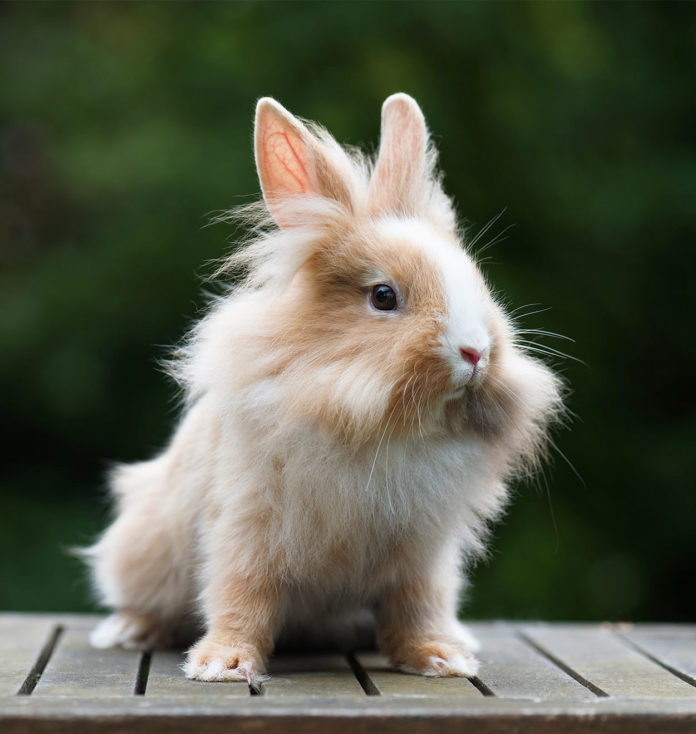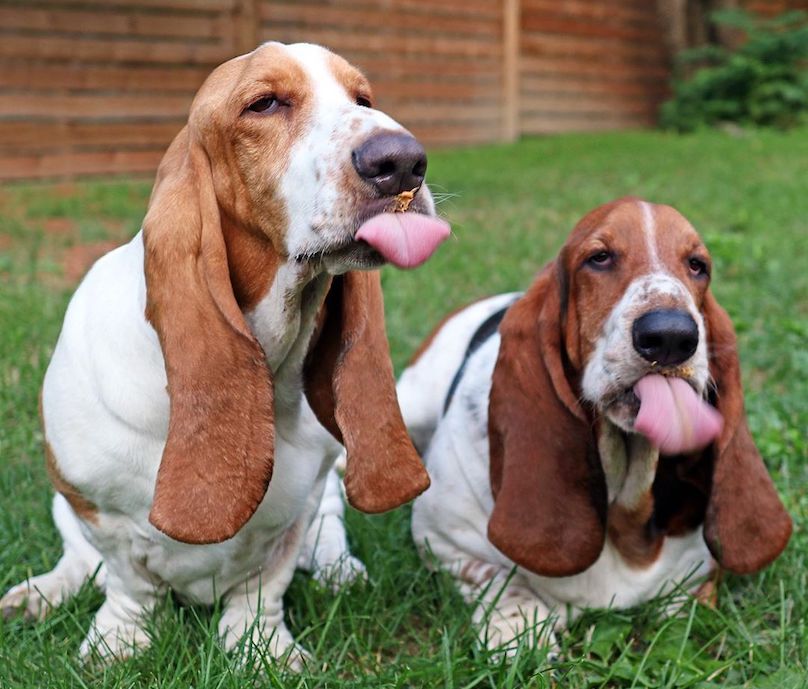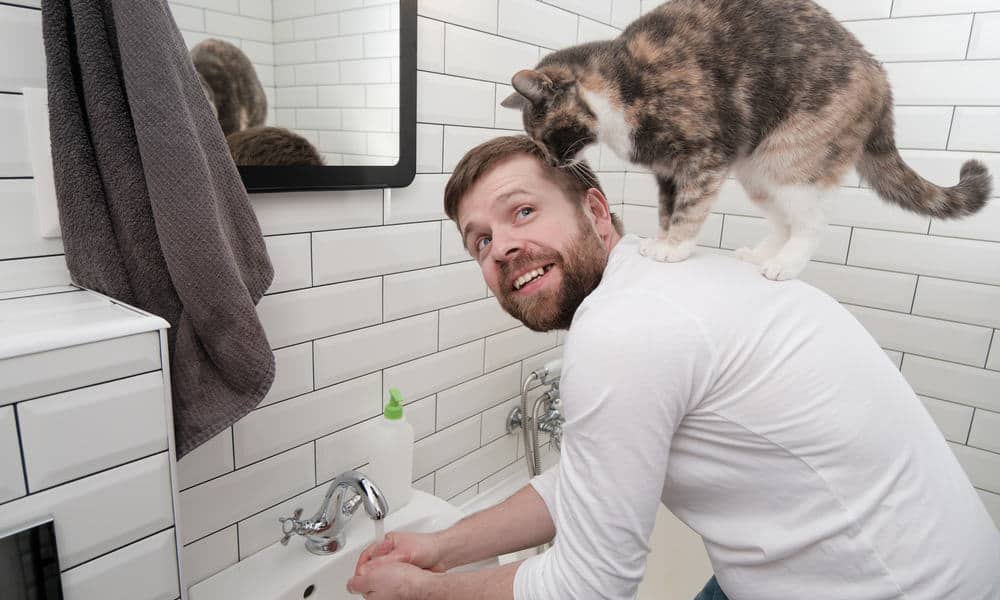How to Take Care of a Dwarf Bunny
"Rabbits are burrowing prey, so providing them with hiding places like logs or cardboard boxes is good for their well-being. One or 2 per rabbit, depending on how much space you have, will give the rabbit ample room to huddle.
How to take care of rabbits
The rabbit always needs the opportunity to run away. If you hold it tightly in your arm, it can panic & suffer from the stress. Let your rabbit come to you...
How do you properly hold a dwarf rabbit?
Rabbits do not like to live in warm rooms. The ideal temperature for keeping rabbits is 18° Celsius & below! Rabbits are therefore well suited to being kept outdoors. Please note, however, that a rabbit hutch must be very well insulated against wind & cold in winter.
What does a rabbit need to feel good?
They need a place to do their business, a feeding area, water trough, & a den or hut to shelter from wind, weather, temperature changes, & predators. The outdoor enclosure should be secured with wire all around.
Can you cuddle with rabbits?
Even if rabbits trust you & genuinely love you, you should refrain from holding onto them. Stroking & lying snuggled together & cuddling is of course allowed...
What breed of rabbits to cuddle?
They instinctively support each other in grooming each other & love to cuddle up close to their partner animal. Therefore, dwarf rabbits or the slightly larger stable or house rabbits are also very suitable as petting animals. But not every rabbit is the same.
Can rabbits be sad?
They can be angry, tense, anxious, stressed, sad or happy: just like us! They also communicate a little with sounds. A rabbit, warning of approaching danger, will pat its hind legs. A rabbit that is scared or in pain may growl or even scream.
How can you tell if a rabbit is sad?
It rotates the earcups in the direction it wants to listen. It’s a really bad sign if the rabbit lays its ears flat. That often means: I’m afraid of you. However, it can also show its submissiveness or its bad mood.
Can a rabbit cry?
If rabbits have frequent watery eyes, one naturally wonders if rabbits are capable of expressing feelings through crying. Here we can state quite clearly that rabbits do not cry. So they definitely don’t show through crying eyes if they don’t like something.
How does a rabbit behave when it is in pain?
If they are in pain, rabbits will sit down more hunched, i.e. the back falls very steeply, the hind legs are pushed further forward towards the front feet.
Are dwarf bunnies hard to care for?
Rabbits, including dwarf rabbits, can be good pets, but they are also high-maintenance, requiring a lot of care, love, & attention, so carefully consider if a house rabbit is the right pet for you before adopting one. Set up your dwarf rabbit’s new home as a large exercise pen or a large cage (the bigger the better).
What do you need to care for a dwarf bunny?
Provide them with a comfortable shelter. If you do not know how to build a comfortable rabbit hutch, you can always purchase one that is ready-made.
Feed them with the right food. Dwarf rabbits must always have access to fresh hay.
Make sure they have fun.
Let them exercise.
Give them freedom.
What do dwarf bunnies eat?
They require a balanced diet of hay, fresh veggies, & fruit, & a few pellets. Rabbits have very sensitive digestive tracts, so the transition to hay or pellets, or the introduction of new fruits & vegetables, must be done gradually to allow the rabbit’s system to adjust.
Do dwarf bunnies like being pet?
Rabbits don’t particularly like being picked up, carried, or cuddled, so do these things as infrequently as possible. Your rabbit will most likely be jumpy, but may be willing to sit still on your lap after developing trust over time.
Do dwarf bunnies bite?
Healthy, happy rabbits aren’t generally aggressive,’ Rosie says. ‘Sometimes, though, even if your bunnies are well looked after, they may lunge, bite or give a sharp nip...
...Rabbits themselves are very clean animals with odourless fur & they fastidiously groom themselves all day. Only their urine smells so as long as you keep their living area clean (spot clean every few days & a full clean-out once a week) you shouldn’t have a problem."
Mary Allen
petreader.net/how-to-take-care-of-a-dwarf-bunny




.jpg)




























